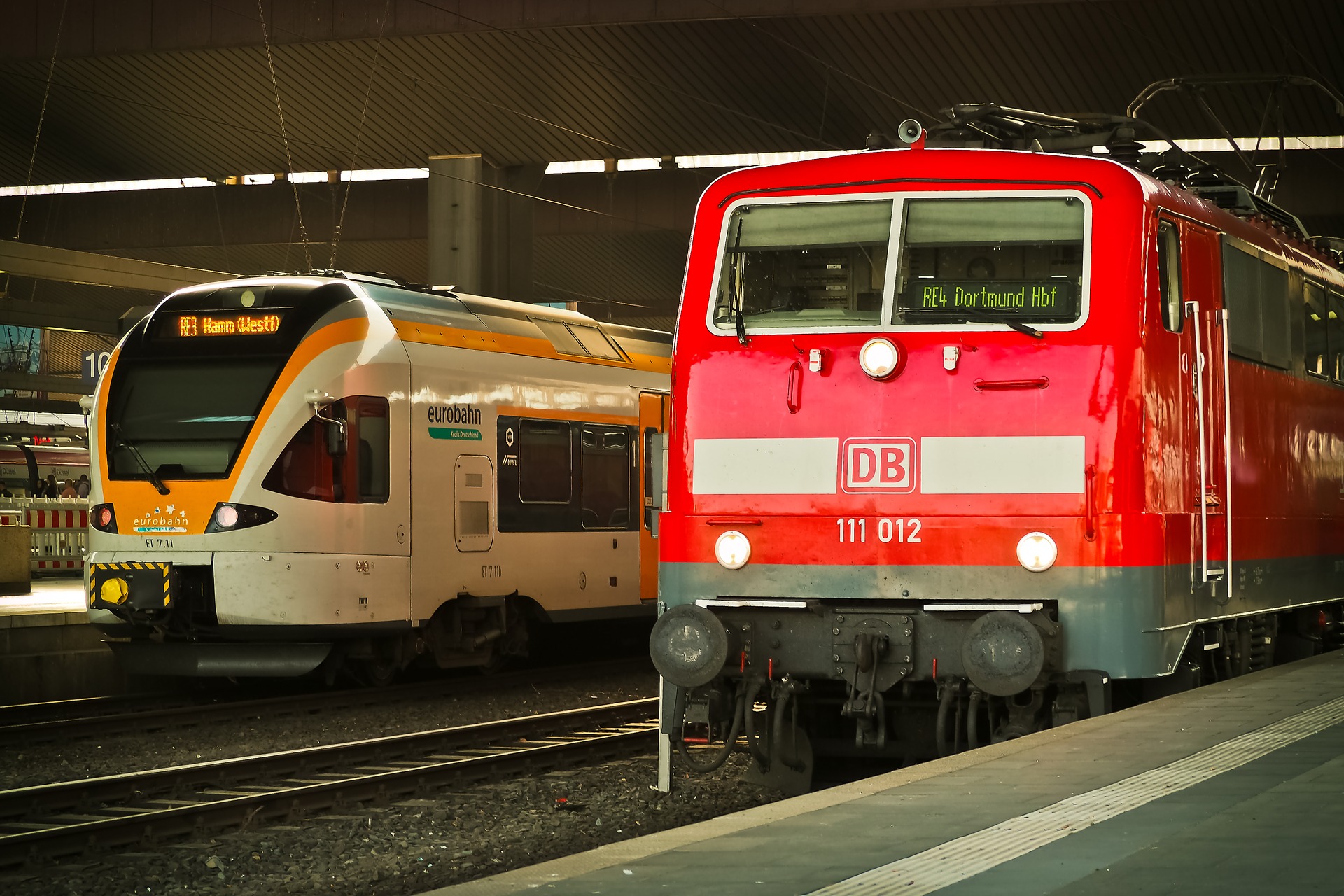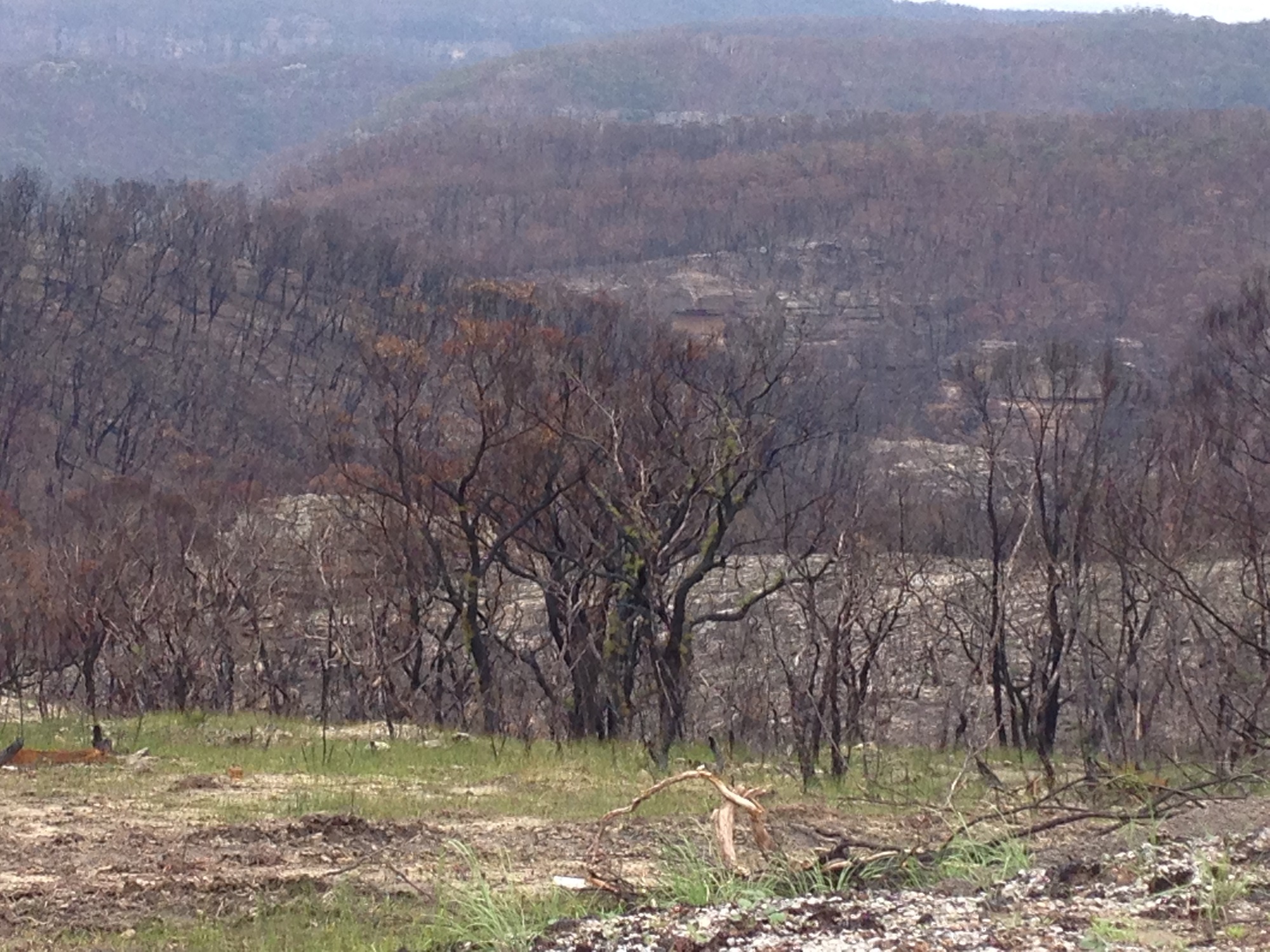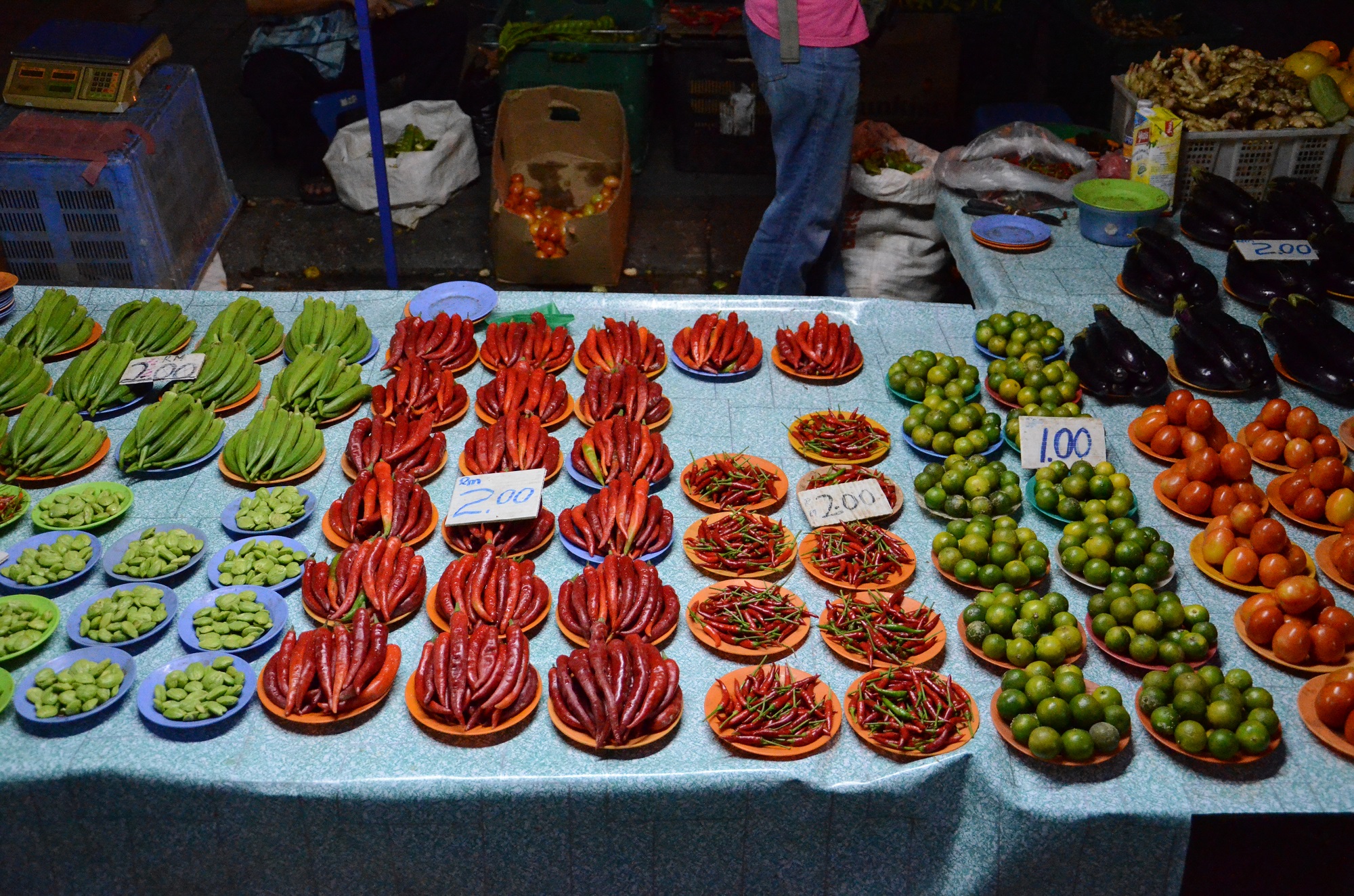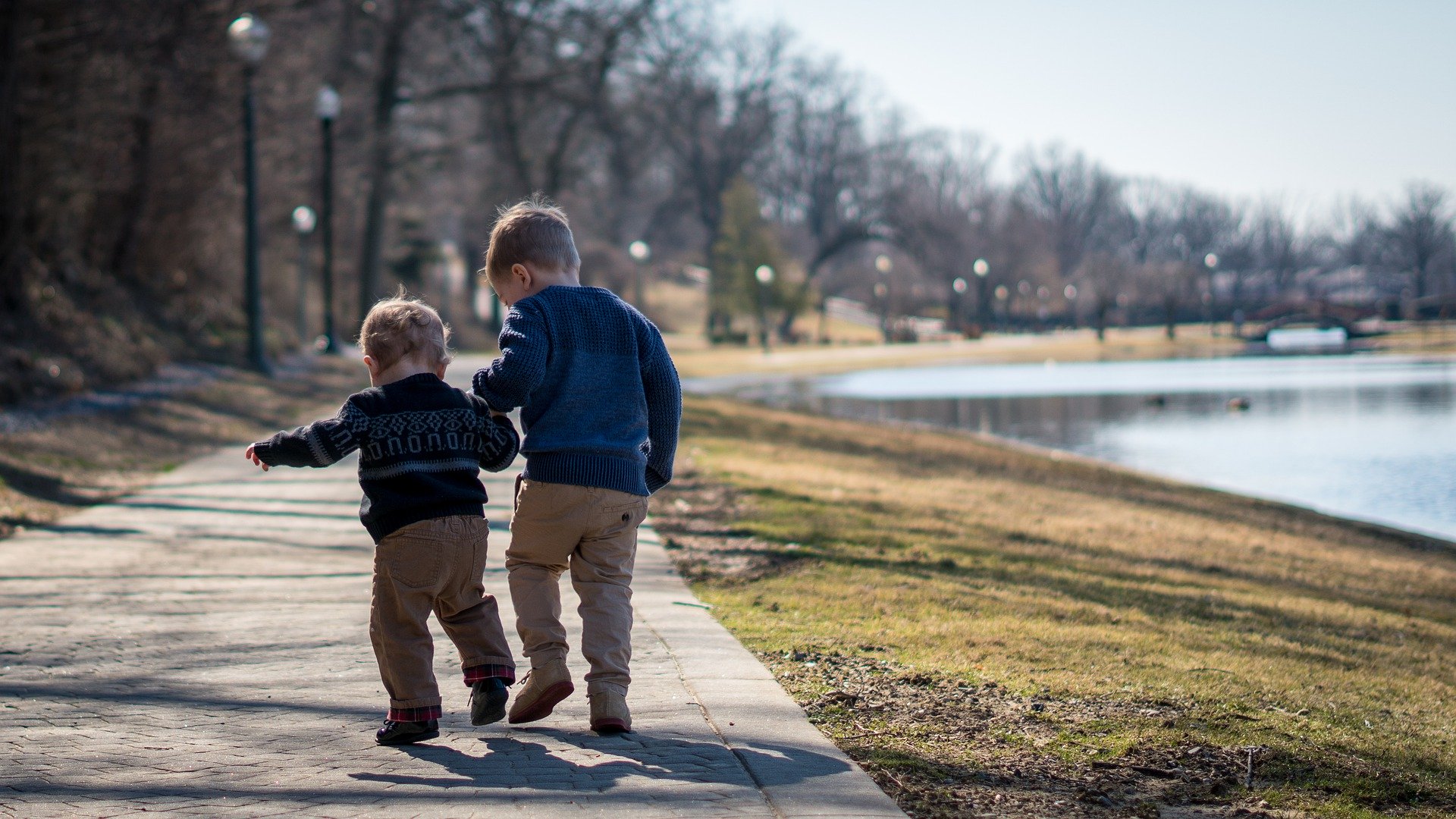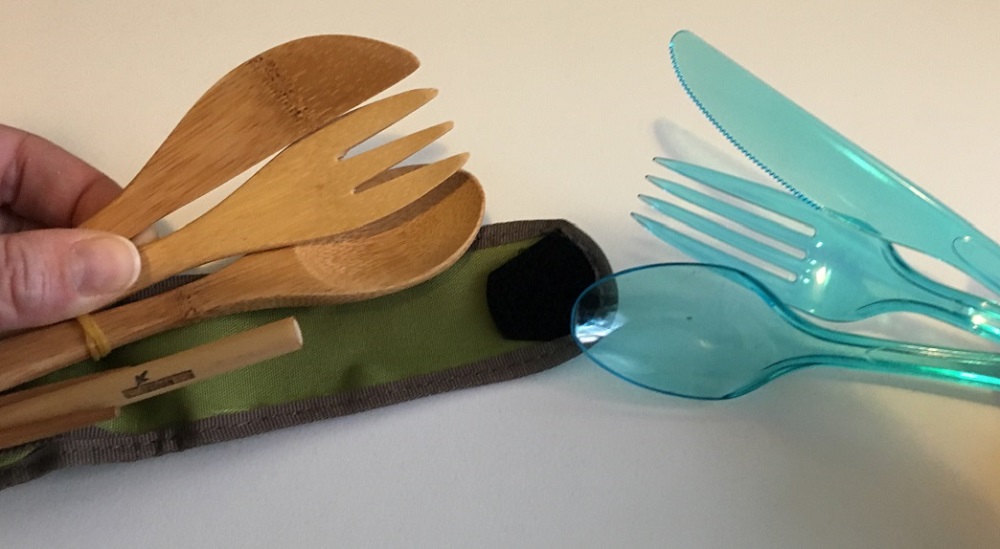Let Your Children Soar: Teach Your Kids Responsible Travel
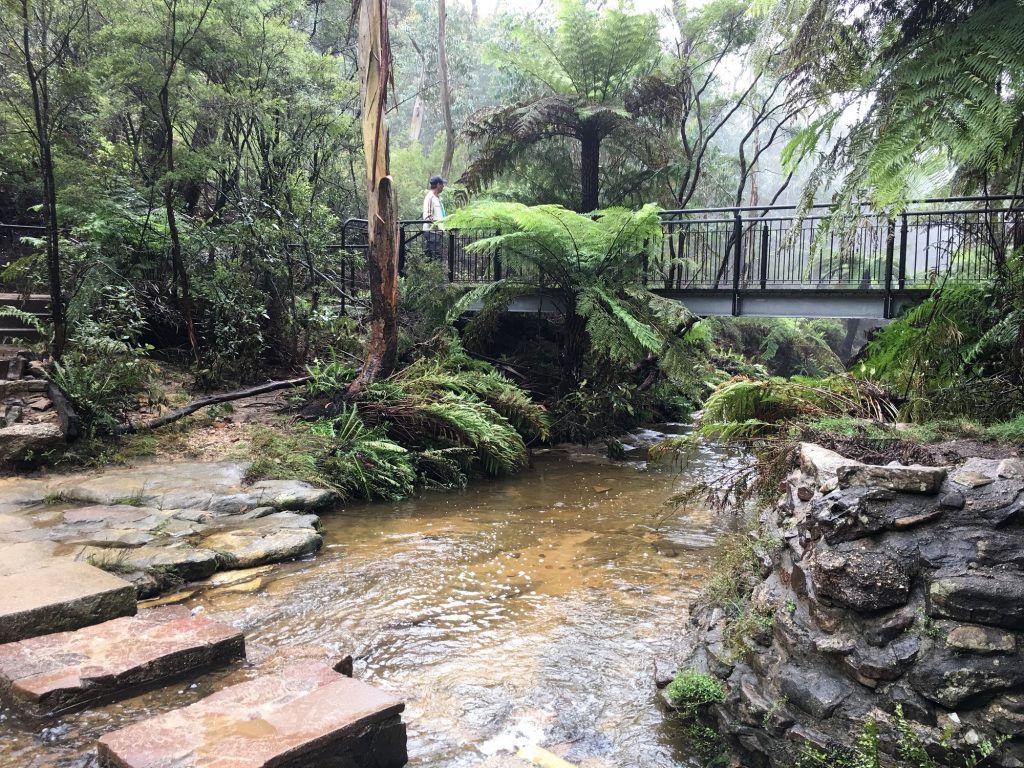
Travel is the greatest educator. It provides the greatest opportunity to open our minds and give practical application beyond anything we could ever learn in a classroom. However, it is a complete package. With great travel comes great responsibility… or something like that. As travel-loving parents, that responsibility includes teaching kids about “Responsible Travel”. We need to show them how to give back to the world as much as they will receive from it, especially during times like these where we must take nothing for granted.
What is “Responsible Travel”?
Responsible travel is far more than the phrase “Take only pictures; leave only footprints.” It is an attitude that goes to the core of our travels. It is recognizing the local impact of your travel — both your impact on the local community, and the impact it will inevitably have on you. That’s what makes it so important to teach kids. If they understand how to travel responsibly from a young age, they will carry the insight of a global community with them for all of their future travel.
Research from SYTA shows that travel provides a greater depth of understanding for the world around us which in turn can improve educational growth. But if you’re here reading World Footprints, then you likely already know about the benefits of travel. And it is not only feasible but also essential to teach these same lessons to kids.
Consider Your Transport
Whether you’re planning an upcoming local escape or dreaming of a far-away respite in the future, you will have to think about transport. And this is the first opportunity to show kids the impact their travel choices have on the world around them.
Greta Thunberg famously renounced all air-travel to reduce her travel impact on the world, using boats and trains as her primary transport. However, this task is made a little harder by geographic isolation. For example, my 10-year-old son and I are currently planning to travel from Sydney (Australia) to Denmark and Norway when it becomes possible. Not exactly the easiest route to make without airlines. To encourage our responsible travel, we are choosing to fly the most direct route to Denmark and then travel by ferry and train wherever possible within Scandinavia before flying home again. While not ideal, it does reduce our travel impact on the environment. Using local transport also supports the community and gives our kids a greater sense of the land they are visiting, rather than just a destination.
Choose Local and Sustainable Accommodation
Understanding the difference between ‘destination’ and ‘community’ is a key part of teaching kids responsible travel. Choosing a community-focused accommodation will teach your kids to see the impact their travel has on their destination. It is also important to consider eco-friendly lodging and suitability for families with children. Small B&B’s and hostels are my favourite option for exactly these reasons. Not long ago, we were invited by YHA to stay in their Blue Mountains Hostel (NSW, Australia). It was a perfect opportunity to support one of many post-bushfire communities with some much-needed tourism dollars (another benefit of responsible travel).
To be honest, I couldn’t have asked for better accommodation for the family and our lesson in responsible travel. Our kids absolutely loved the old building and enjoyed playing amongst the historic rooms; the old cabaret theatre gave real character to the building. Having a tangible and historic connection with the town cemented the feeling of community. While the kids were playing amongst the game rooms, I was chatting with Kerrie, deputy manager of the YHA and former Rural Fire Volunteer. As she shared stories about previous bushfires and the recovery, I could see the importance of our patronage to her community. Sure, the money helps but it’s more than that. It is the importance of sharing their town and everything they love about it with people who can appreciate its beauty.
Eat Local – Local Business with Local Produce
The best food we have ever have while travelling always seems to come from local produce and local business. Pick up a burger from the closest fast-food-chain and it will hardly register. However, try the street vendor around the corner and suddenly it hits the top five highlights of my holiday. Food can often be so intricately tied with the local culture and customs that it becomes an experience within itself.
Local markets are the most fascinating place to start your exploration. Learn about the local produce, speak to the farmers, discover local traditions with the food, let your kids try new things. All of this gives insight into the environment and how it shapes a community. Best of all, it supports local businesses and reduces the carbon footprint on transport for the food as well.
Learn About The Immediate Environment – Wildlife, Weather, and Walks
Speaking of the environment, responsible travel is not just about doing environmentally-friendly activities. It means gaining an awareness of the environment around you. Go outside, take that walk, understand the landscape. It’s the best geography lesson you could ever have.
This includes taking in the weather, in all its unpredictable glory. Travel adventures rarely stick to the plan and it is important to show your kids how to appreciate the environment and not just the destination. For example, our visit to the picturesque Blue Mountains happened to be shrouded in rain clouds. The usual spectacular view of the Three Sisters could not be seen nor the blue eucalypt mist over the valley. And yet, it was still the most amazing adventure weekend we had had in a long time, thanks to the locals sharing their secrets for how they enjoy all types of weather in their community.
Pack Light and Reduce Your Waste
My dad had a very simple rule: If you can’t carry it, you can’t bring it. Yes, this rule applied to kids and their own luggage. Let’s face it: Most of the stuff we pack ends up being distractions. Keep it simple and encourage the kids to find more in the local environment. Once you point out the priorities of their travel, kids can be quite efficient with their packing.
This includes things like toiletries as well. Kids are fairly low maintenance. They really only need the bare basics of soap, toothbrush, and toothpaste. Find eco-friendly versions of their items and keep the load light. Plastic-free shampoo bars are great for saving space and are much easier for kids to manage while travelling. Bamboo cutlery is another great item to include in your packing. It also means you are reducing the waste you leave behind during your holidays. For destinations like islands or remote communities, waste is a responsibility every traveller should keep in mind, no matter your age.
Responsible travel is important for kids to understand, and parts are even intuitive from a young age. Showing our kids how to take responsibility for their travel will teach them the same lessons for being responsible at home. Even when not travelling, the mindset of ‘responsible travel’ encourages kids to see the world with different eyes.
That’s the greatest gift of travel: seeing a place as a community and not just a destination.
Accommodation for this experience was provided by YHA Blue Mountains. Views are those of the author.
Cover: Blue Mountain. Photo: Ann-Marie Cahill
Book Your Travel to ANY Destination
Use an interactive map to search, compare and book hotels & rentals at the best prices that are sourced from a variety of platforms including Booking.com, Hotels.com, Expedia, Vrbo and more. Search for ANY destination by clicking in the upper left corner of this map. You can also use the filter to fine tune your search, find restaurants, attractions and more!



